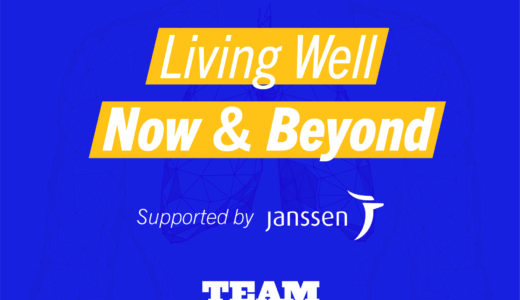Seeking Ultra: On pacing oneself and micro-adjustments
In endurance sports we are inspired by that person who keeps going no matter what they face. And in a race, in an epic ride or event, that is what we do. In a way the physical challenges on the bike – pedaling when your body is tired or pushing beyond your mind on a ride as it tells you that you’ve had enough – provides a metaphor for hardships we encounter in life. The beauty of a physical challenge is, that we can take hold of it, face it head on, prepare for it and try to control it, and conquer it in a real and tangible way – crossing a finish line. Perhaps we take that mindset into life’s challenges as well, though often those are a bit more difficult to wrap one’s mind around. But there’s always a process, there’s a way to frame them, looking for a way to push through and keep going. And with this mindset sometimes that is just what we do: we just keep going.
But how do we get the point of being able to do this – to keep going at all costs? In the words of ultra runner Scott Jurek, “Sometimes you just do things.” But as you read more of his book, you find that there is a lot more to it than one might imagine. If you talk to elite endurance athletes or read their books and blogs, you soon learn how attuned to their bodies they are. It turns out that while of course, training for and competing in endurance events is about pacing oneself, perhaps the even more important aspect is listening to one’s body and making micro-adjustments along the way.
Pacing oneself. Most people know that endurance sports are largely about *pacing* oneself – this is exemplified in our sport by the difference in riding strategies for, say, a 45 minute criterium race at the track and a 6-hour race in the countryside. In running you see a difference in race strategy and pace between the 8-time world champion sprinter Usain Bolt and 7-time winner of the Western States 100 ultra-running legend Scott Jurek. (Caveat – this is not to say sprinters don’t pace themselves in training and racing. They do. It is just different.) Endurance sports are not a series of sprints tied together. They are long events that require pacing oneself to get to the finish line. Sure there are hills and headwinds, times when it is more challenging than others, but consistency is key. Start out too fast, and you’ll be cooked before the first checkpoint. The same goes for training. Train too exuberantly (above what your coach or plan tells you) and you’ll risk injury or burnout and cook yourself before you get to the starting line. Rest and recovery and what one does off the bike are as essential as what one does on it.
Making micro-adjustments. You’ll often hear athletes philosophizing about their training plan, nutrition on and off the bike, or their sleep. All these components are crucial to increasing the chance for success. However what is remarkable is this other side of endurance racing and how the athlete has to know their body. All serious athletes are attuned to their bodies – for pro and elite athletes it is their livelihood. However the lesser known quiet struggles that the ultra athlete faces are perhaps some of the most compelling. A small hitch in a runner’s stride, a bike fit being off by the saddle being 1mm too high or too low, a blister that is starting to form in one’s shoe (or, um, elsewhere) – these are things that can be overcome and maybe hardly noticed in a 30-45 minute ride or race. But if you compound them over the course of 6, 12, or 24 hours, well, that’s a completely different matter. Yet despite the best planning, best bike fitting, etcetera, these things do come up in the course of a race, and the athlete cannot ignore them. If the seat is sore, you stand and pedal out of the saddle a little more often. If the hands are sore you adjust your hand position. If the legs feel wonky, you take in more electrolytes so they don’t cramp. The athlete must make micro adjustments – mental and physical recalibrations – and preferably the sooner the better, to allow them to get to the finish line.
How does one exactly do this? In his book, Eat and Run (a must-read), Scott Jurek details his 4-step process of dealing with anxiety when something goes wrong in a race (e.g., ankle sprain, heat exhaustion): 1. Let yourself feel the worry. 2. Take stock. What are the facts of the current situation? 3. What can you do to remedy the situation? 4. Separate your negative feelings from the issue at hand.
Pacing oneself, listening to one’s body, and making micro adjustments are key to success in ultra racing. I suppose this holds true in life as well, the ultimate ultra event. The better we know our bodies, and can perceive the source of a “blister” whether actual or metaphorical, the better chance we can make a change and get on a healthier path. Approach it any other way, always pushing through at all costs, constantly running in the “red zone” and ignoring your body’s needs, and you’ll risk burnout and not making it. On the contrary, pursuing consistency, both on and off the bike (or in life or whatever activity you pursue), and responding to the subtle signs that arise are what will get us to the finish line.





